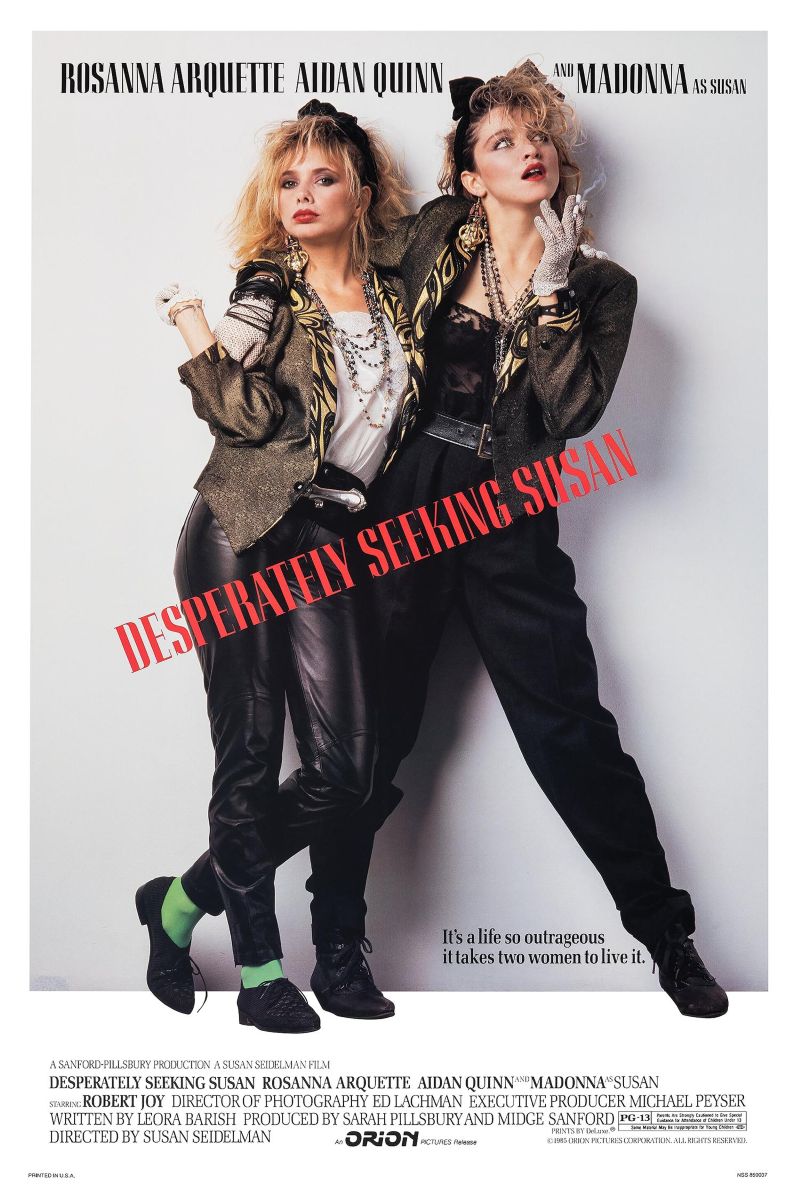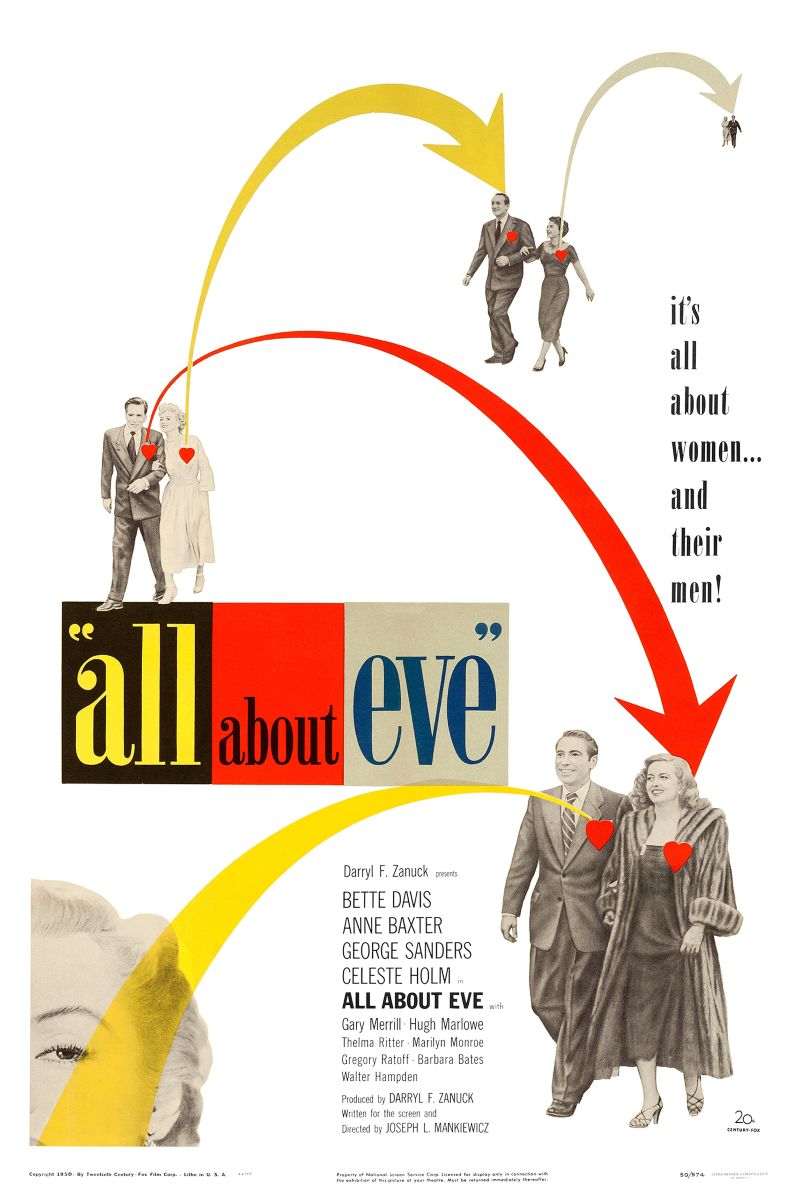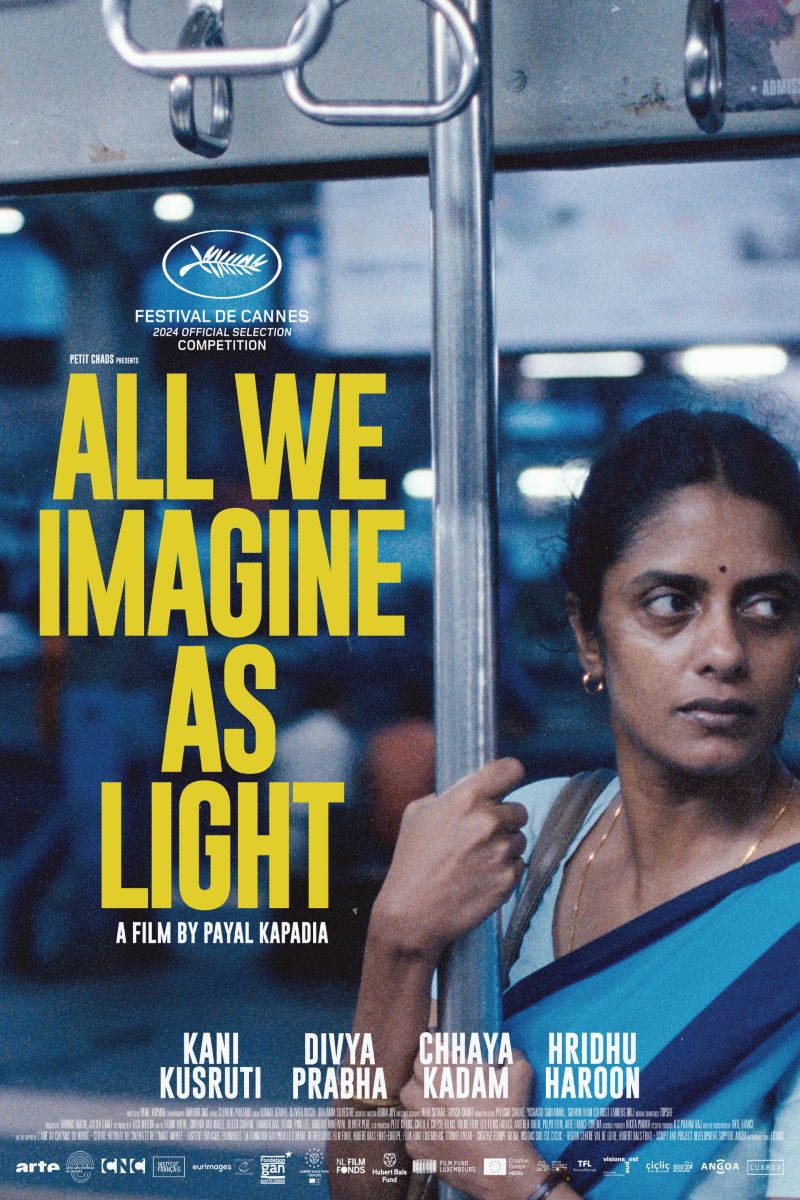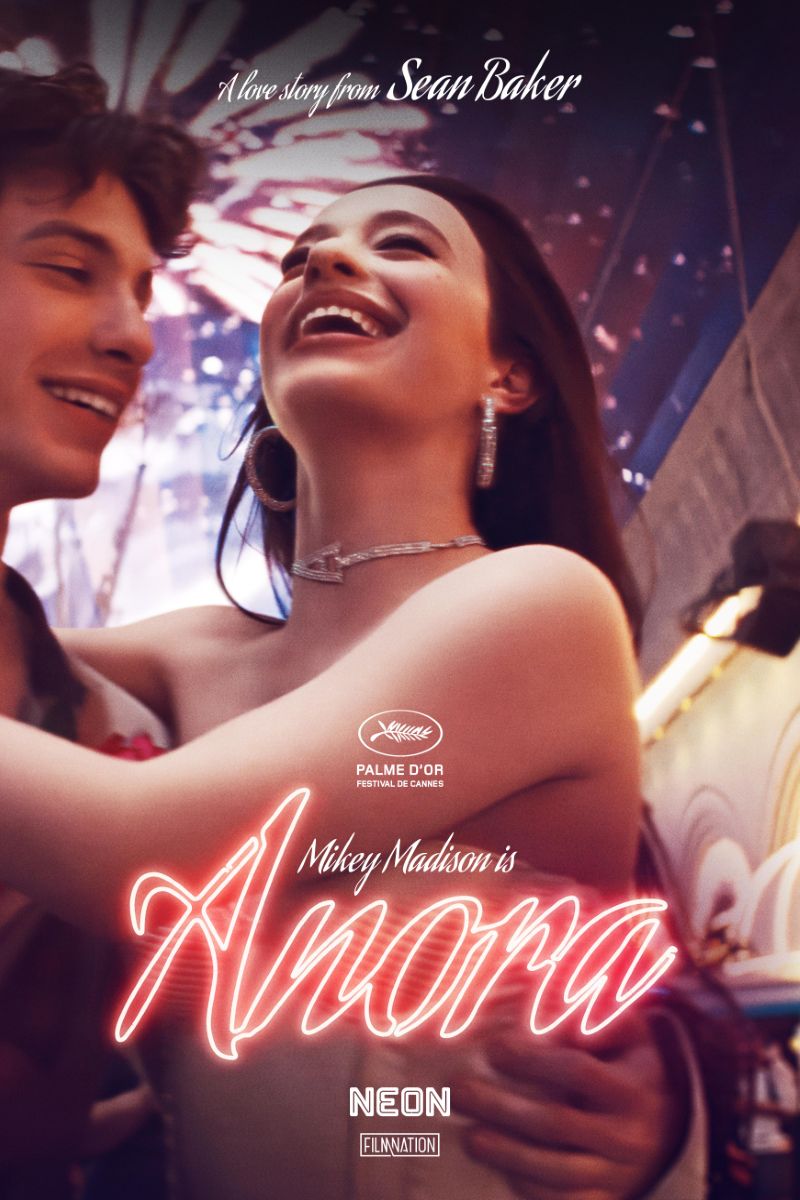
Desperately Seeking Susan
Desperately Seeking Susan
A bored housewife becomes fascinated by the free-spirited lifestyle of mysterious Susan and embarks on an adventure of mistaken identity. This 1980s film by a female director uses humor and wit to explore themes of female identity, self-discovery, and breaking free from social constraints.
Cast
Related Topics
🎥 Film Analysis & Review
“Desperately Seeking Susan” stands as a brilliant gem of 1980s American independent cinema, wrapping profound reflections on women’s liberation and identity formation within the seemingly light-hearted veneer of comedy. Director Susan Seidelman employed her keen feminine perspective to create a story about two women—one a housewife trapped in suburban life, the other a bohemian free spirit—who discover their authentic selves through an accidental identity swap.
The film’s core lies in its clever deconstruction of the binary opposition between women’s life choices in the 1980s. Roberta (Rosanna Arquette) represents the traditional “successful” female template: married to a wealthy husband, living in a luxurious suburban house, enjoying material abundance while suffering spiritual emptiness. Susan (Madonna) symbolizes rebellion and freedom: lacking fixed residence, surviving on wit, refusing to be constrained by any person or institution. This contrast doesn’t simply celebrate one lifestyle over another but explores how women seek their own paths within limited options.
From a feminist perspective, “Desperately Seeking Susan’s” revolutionary quality lies in its demonstration of the possibility for female friendship and solidarity. Despite coming from completely different social classes, Roberta and Susan’s encounter doesn’t evolve into competition or jealousy but mutual inspiration and support. This portrayal challenges mainstream culture’s stereotype that women must inevitably antagonize each other, showcasing the potential for deep female connections.
Seidelman’s use of New York’s urban space carries obvious gender political implications. The film’s New York isn’t the dangerous urban jungle under male gaze but a place for female exploration and self-discovery. The spatial transition from Roberta’s clean, orderly suburbs to Susan’s vibrant Lower East Side symbolizes the female consciousness awakening process. When Roberta first enters the thrift shop Susan frequents, she’s not merely buying clothes but experimenting with new identity formation.
The film’s attitude toward consumer culture also bears distinctly feminist colors. Roberta’s middle-class life is surrounded by material goods, yet these commodities don’t bring genuine satisfaction. Conversely, Susan constructs her style through thrift stores, vintage clothing, and personal creativity—a consumption method that protests mainstream commercial culture while expressing female creativity and independence. This contrast suggests that true women’s liberation lies not in purchasing more goods but in redefining standards of value and beauty.
Madonna’s performance in this film carries special cultural significance. The 1985 Madonna wasn’t yet the pop icon she’d become; she displayed raw, unpackaged female power. Susan refuses definition by male gaze—her sexuality stems from confidence and independence rather than pleasing others. This performance style foreshadowed Madonna’s later subversive interpretations of female sexuality and sexual autonomy.
The film’s critique of marriage institutions is subtle yet profound. Roberta’s relationship with husband Gary appears harmonious on the surface but actually contains communication barriers and mutual misunderstanding. Gary views his wife as an object requiring protection and control rather than an independent individual. When Roberta begins her adventure, she’s actually challenging this unequal power relationship. The film suggests that genuine romantic relationships should be built on mutual respect and understanding rather than traditional gender role divisions.
From class analysis perspectives, the film reveals common dilemmas faced by women from different social backgrounds. Roberta’s problem is material abundance with spiritual poverty, while Susan faces economic instability but spiritual freedom challenges. Their encounter proves that class boundaries cannot completely define women’s experiences—all women face the challenge of finding balance between personal freedom and social expectations.
The film’s visual style also supports its feminist themes. Bright colors, exaggerated costumes, and energetic music create a sensory world belonging to women. This aesthetic choice rejects the gloomy tones common in serious art films, proving that female subjects can be joyful, bright, and vibrant.
Music plays an important role in the film, serving not merely as background decoration but as a vehicle for female emotional expression. Madonna’s songs inject 1980s pop culture energy into the film while embodying how female artists express their viewpoints and attitudes through music.
The film’s treatment of maternal roles deserves attention. Roberta has no children, a sensitive topic in 1980s mainstream culture. Seidelman doesn’t portray this as tragedy or deficiency but suggests it gives Roberta space to explore other identity possibilities. This treatment challenges social expectations that women must become mothers to achieve complete lives.
From identity politics perspectives, the film explores how women navigate between multiple identities. Roberta is simultaneously wife, consumer, adventurer, and friend—she learns not to limit herself to any single role definition. This concept of multiple identities foreshadowed third-wave feminism’s later emphasis on identity fluidity.
The film’s ending carries openness and hope. Roberta doesn’t completely abandon her middle-class life but finds methods for seeking personal fulfillment within existing frameworks. This realistic treatment acknowledges social change complexity while providing actionable insights for audiences.
The character of Susan represents something revolutionary for its time—a woman who exists entirely outside traditional support systems yet thrives through her own ingenuity and charisma. She doesn’t need rescue or redemption; she needs only to be herself. This portrayal was radical in an era when female characters typically required male validation or protection.
The film’s exploration of desire is particularly sophisticated. Roberta’s fascination with Susan isn’t simply about wanting a different life but about recognizing suppressed aspects of her own personality. Through Susan, she discovers her capacity for spontaneity, adventure, and self-assertion. This psychological complexity elevates the film beyond simple role-reversal comedy into genuine character study.
Seidelman’s direction demonstrates remarkable confidence in female storytelling. The camera lingers on women’s faces, expressions, and interactions in ways that prioritize their inner lives over their appearance for others. This gaze differs fundamentally from the objectifying male gaze that dominated 1980s cinema, creating space for authentic female subjectivity.
The film’s treatment of economic independence resonates strongly with feminist concerns about women’s financial autonomy. While Roberta enjoys material comfort through marriage, she lacks the personal agency that comes with self-sufficiency. Susan’s economic precariousness is offset by her complete control over her choices and circumstances. This tension explores the complex relationship between economic security and personal freedom that many women navigate.
“Desperately Seeking Susan’s” cultural impact extends far beyond its commercial success. As a film written, produced, and directed by women, it created a unique female voice within the male-dominated Hollywood system. The film proved that women’s stories not only have market value but possess the potential to change audience consciousness.
From contemporary perspectives, this film anticipated many issues that later became mainstream feminist concerns: identity fluidity, questioning traditional gender roles, the power of female friendship, and critique of consumer culture. It reminds us that women’s liberation isn’t a single goal but a continuous exploration process requiring courage, creativity, and mutual support.
The film’s humor deserves special recognition for its subversive power. Comedy becomes a vehicle for delivering feminist messages that might otherwise encounter resistance. Through laughter, audiences absorb ideas about women’s potential that challenge conventional wisdom about gender roles and limitations.
Ultimately, “Desperately Seeking Susan’s” value lies in its entertaining delivery of profound feminist messages. It tells audiences that every woman has the right to redefine her life and seek her own path, regardless of how unusual or challenging that path might appear. In a world still striving for gender equality, this message remains powerfully relevant.
🏆 Awards & Recognition
- • American Film Institute Women in Film Award 1985
- • Sundance Film Festival Best Picture Nomination
- • Independent Spirit Award Best Director Nomination
⭐ Ratings & Links
Related Recommendations
Comments & Discussion
Discuss this video with other viewers
Join the Discussion
Discuss this video with other viewers
Loading comments...



